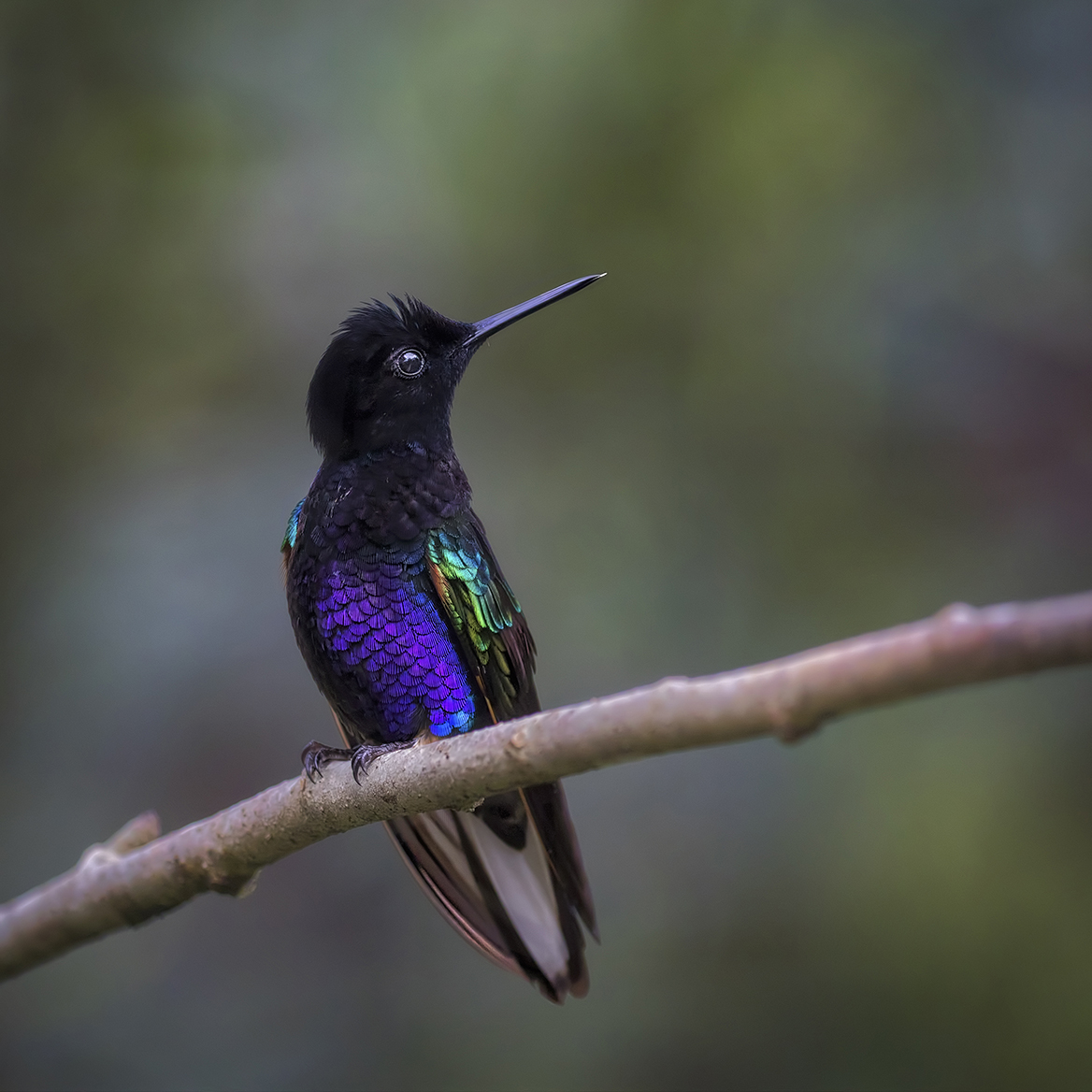Your cart is currently empty!
Ecuador Birding Bonus

Once I decided on a trip to the Galapagos, I knew I also wanted to add at least a few days to bird and photograph on the mainland of Ecuador. I had heard about great birding in the cloud forests not too far from Quito, and after just little bit of research, I decided that would be the perfect destination to add to the itinerary.
I chose the area around Mindo, primarily because I had heard of the nearby Andean Cock-of-the-Rock lek. What I didn’t realize was that the area is considered one of the most biodiverse locations on the planet. The Choco biogeographic region extends from Panama, through Columbia, and into northwest Ecuador, from the Pacific coast to the eastern side of the Andes. Named after the Colombian state of Choco, the entire area is known for its amazingly high degree of biodiversity and the number of endemics found here. This is probably due to the separation of these tropical moist forests. Cut off from the Amazon, the mountains on the western side of the Andes have entirely different species than ones found on the eastern side.
Approximately, one-fourth of the plant species are endemic, almost 13% of the invertebrates are endemic, and the number of endemic birds concentrated here is higher than almost any other continental region.
We were only here for four days of birding, but we saw 16 of the approximately 60 endemic species. Some of them were easy to find and we saw them repeatedly. Most of the endemic hummingbird species frequent the many feeders in the area.
The velvet-purple coronet was one of my favorites. In low light, it appears dark, but in the right light, it’s colors are spectacular. It typically holds its wings opening after perching, showing off its bright chestnut axillaries.



The purple-bibbed whitetip was a less frequent visitor to the feeders.
The purple throat patch and the big white spot created on the tail feathers identify the male.


The female is green above with a white chest spotted with green. Both males and females have a large white spot behind their eyes.

The violet-tailed sylph is unmistakable, or at least the male is. Its long outermost tail feathers are a beautiful shades of purple and blue.

The male also has a violet throat patch.

The female has neither of these distinguishing marks, but instead has a bright iridescent blue crown and a white breast patch.


The empress brilliant is another Choco endemic hummingbird. The male has a glowing pink throat patch. I only managed one partial photo of it – on the left below, along with the violet-tailed sylph on the right.

The female empress brilliant is green above and white below covered with green spots, tinged with gold.

More Choco Endemics coming in Part II.
One response to “Ecuador Birding Bonus”
Gorgeous bird shots!Thank goodness life has such beautiful creatures